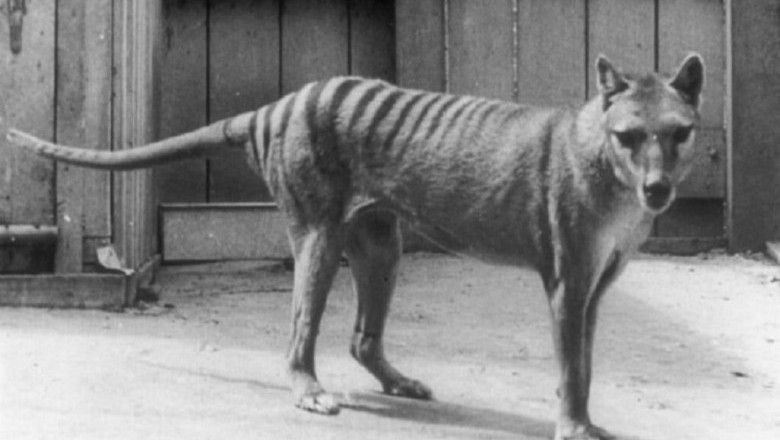
views
An international group of biologists has determined how many genera of animals have become extinct in the last five centuries due to human activities, and by how much humans have accelerated the extinction of vertebrates.
Many researchers believe that the extinction of biological species is a natural process in the development of life on our planet. In fact, there have been five mass extinctions of living organisms as a result of evolution. During each mass extinction event, at least 75 percent of species could have disappeared from the Earth's surface, typically over a relatively short period of time, usually less than two million years.
Among the main causes of these devastating events, scientists have identified global climate change. It should be emphasized that this is just a hypothesis based on data extracted from ancient deposits of rock formations. In reality, determining the true causes of mass extinctions is extremely challenging.
Some scientists hypothesize that our planet is currently undergoing a sixth mass extinction, also known as the Holocene extinction. This extinction event began 12,000 years ago due to human influence.
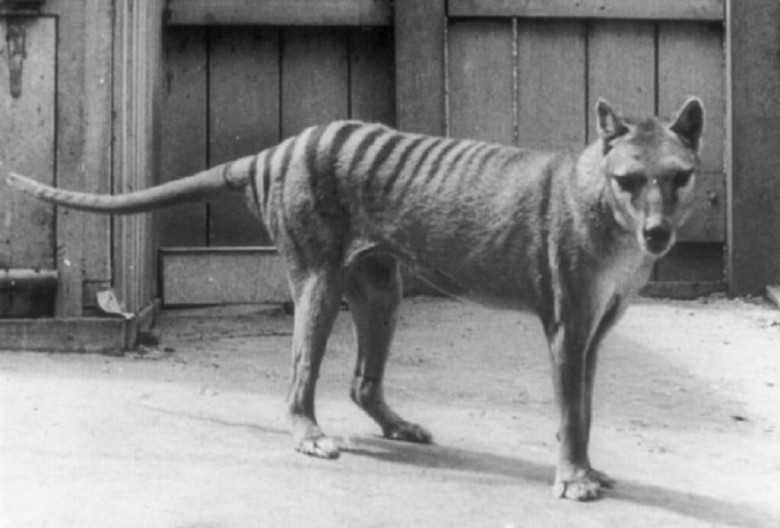
According to experts' estimates, 902 species (including amphibians, birds, and mammals) have disappeared from the face of the Earth in the last 500 years. The main causes of this are deforestation, human activities, and barbaric hunting. For example, among the recently extinct species known to scientists are the passenger pigeon, thylacine, and Chinese river dolphin.
Each of these three species was the last representative of their genus. In biology, a genus is a group of closely related species; species are classified into genera based on morphological similarities. A genus can be polytypic (containing a large number of species), oligotypic (containing a small number of species), or monotypic (containing one species).
While biologists pay a lot of attention to species extinction, information about the extinction of entire genera was not systematically organized until recently. A group of researchers from Stanford University (USA) and the National Autonomous University of Mexico, led by American biologist Paul Ehrlich, decided to address this gap. The results of their work have been published in the journal National Academy of Sciences.
To assess the extinction of animals at the genus level, scientists studied databases of "species status" (including information on extinct species) prepared by the International Union for Conservation of Nature (IUCN) and BirdLife International. Specifically, biologists analyzed information on more than 5,000 genera of terrestrial vertebrates, which included nearly 35,000 species.
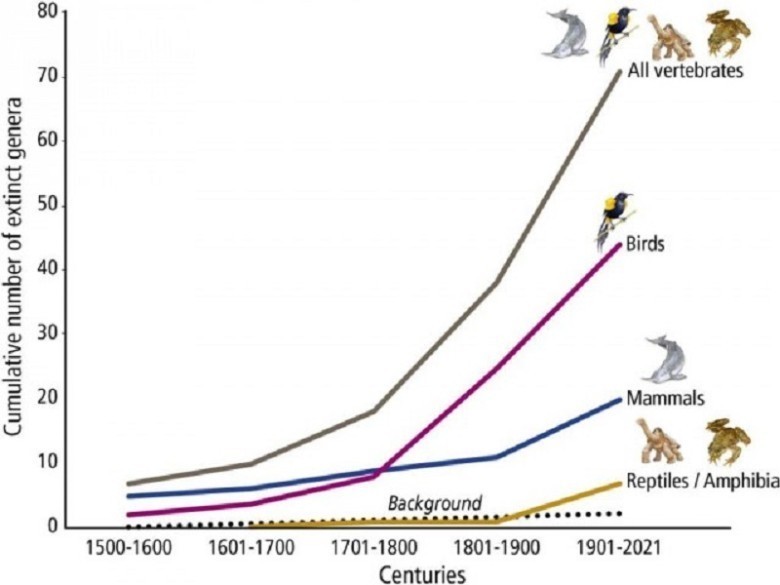










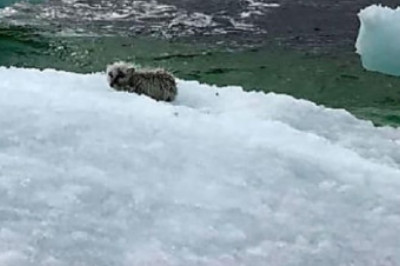



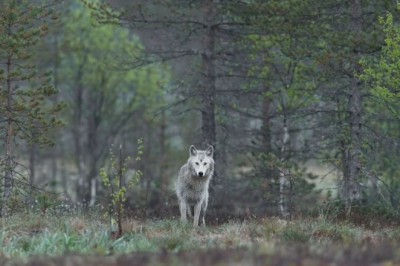





Comments
0 comment